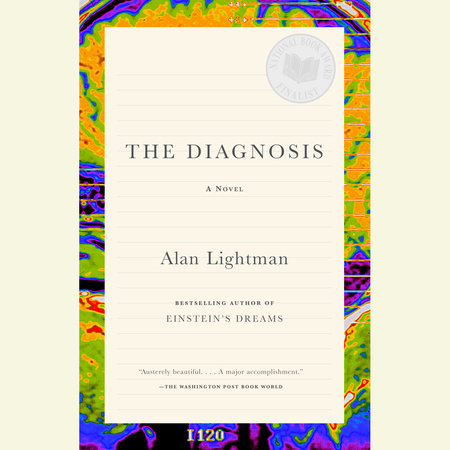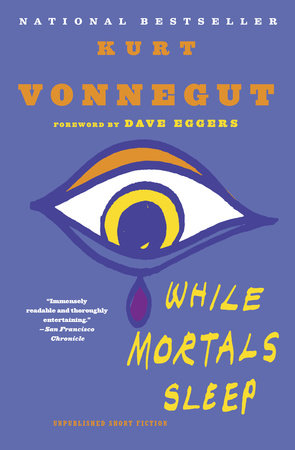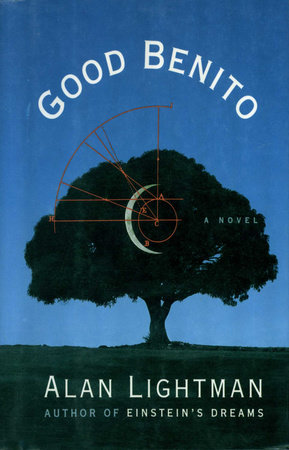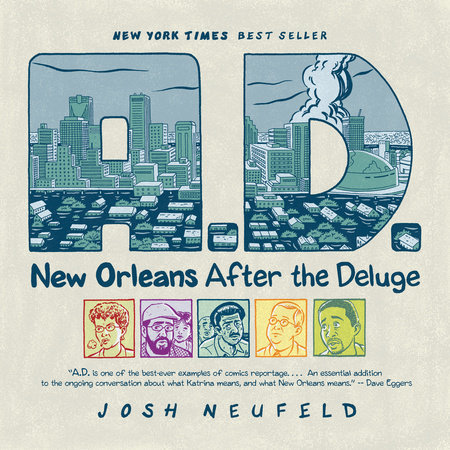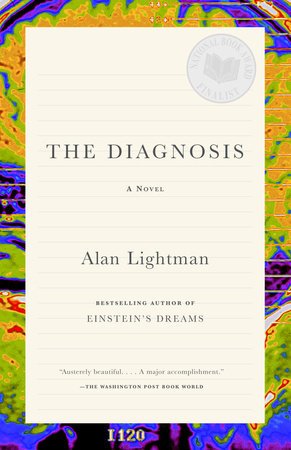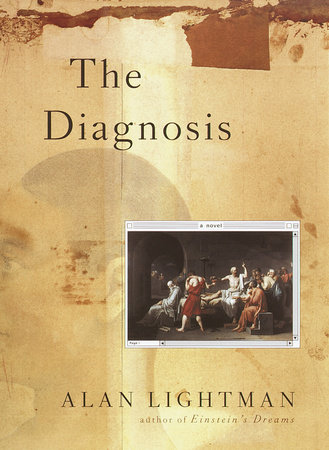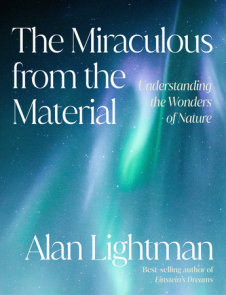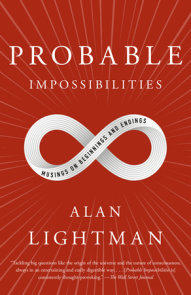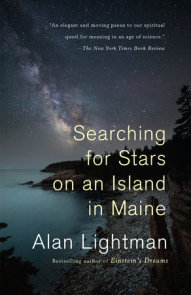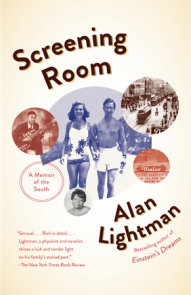Author Q&A
Q: As a professor of both physics and literature, your fiction (EINSTEIN’S DREAMS and THE DIAGNOSIS,) is a combination of both your passions. How do they compliment one another? Do you ever feel they are working against one another?
A: I feel that the great push and pull in my writing life, and in my life as a whole, has been the tension between the rational and the intuitive, logic versus illogic, linear versus nonlinear, deliberate versus spontaneous, predictable versus non-predictable. I experience this tension as constant twisting of my stomach and as a mental commotion. I’ve learned to live with the discomfort. In fact, I think it may be a source of strength in my writing.
I’ve actually been passionate about both creative writing and science from a young age. As a teenager, I wrote poetry and I also built rockets. At many times, I felt that my bi-polar interests segregated my friends. My rocket friends would get angry with me when I stayed at home to write a poem instead of going out with them to the launching pad. And my literary friends (those who were always reading unassigned books) would get irritated with me when I tried to logically analyze a poem. Over time, I’ve come to realize that the sciences and the arts represent different ways of understanding the world. Both are true, but the truths aren’t the same. I think that both certainty and uncertainty are necessary in the world. My writing, whether I want it to or not, expresses this conflict. But it is a beautiful conflict. It is what makes us human
Q: THE DIAGNOSIS begins with an incredibly frightening scene in which protagonist Bill Chalmers loses his memory, his briefcase, and to some extent his sanity on a subway train. How did you come up with this terrifying scenario?
A: I wanted an opening scene that would draw in the reader, plunge the reader into the frenzied state of the modern world, and announce in miniature, like a prelude, the themes of the entire novel. To research this scene, I rode for many hours on the Boston subway and tried to put myself in the mental state of the main character. I thought of every frightening and disorienting experience I’ve had in my own life. In fact, I believe that a fiction writer must draw on his own emotional experiences to write truly. You can create characters, you can create new circumstances, but you cannot create out of thin air an emotional state of mind. I think you have to have experienced it to write it.
Q: I understand THE DIAGNOSIS began as a work of nonfiction–How did it become a novel? And did you have input from anyone along the way?
A: I’ve been working on THE DIAGNOSIS for five years. I initially conceived of the book as a nonfiction book about the modern American obsessions with speed, information, and money, all mediated by modern technology. I actually wrote a first chapter of the proposed nonfiction book and sent it to Dan Frank, my long-time editor at Pantheon. Dan and I had lunch and he gently told me that the chapter didn’t work, confirming my own suspicion. I didn’t have enough originality of point of view, the issues sounded tired. As Dan and I discussed the various themes more, I realized that what I really wanted to do was to explore the psychological dimensions of the societal problems I was writing about. I wanted to explore the spiritual and mental cost of these modern obsessions with speed, information, and money. A novel would be a much more appropriate medium. I think that fiction is the medium in which to explore emotional and psychological questions and issues, and that’s what I really wanted to write about.
When I finished the first draft of the novel, in the fall of 1998, I sent a copy of it to my old high-school English teacher, LaRose Todd Coffey, who had taught me 35 years ago in Memphis. LaRose had followed my career as a writer and we had stayed in loose touch over the years. She read the draft and had some insightful comments. So I invited her to fly up to Boston, from Memphis, and she spent a week helping me with the book, listening to me ramble about the characters. She sat at my desk and I sat in a chair in front of her.
Q: THE DIAGNOSIS is a devastating look at what could go wrong in a world increasingly run by technology. Are you optimistic about our future, or are we destined for more "Chalmers-esque" scenarios in the future? What does the book say about our future?
A: I am not particularly optimistic about the mindless rush of our modern world. If there is any salvation, I think it lies in raising the consciousness of how we are living, of who we are, of what we believe in, of what is truly important. This awareness and examination must happen at the level of the individual. Each person must become aware of how he or she is living — the true cost, in terms of mind and spirit, of each item of our daily existence. The benefits of high-speed communication and transportation, of money, of gigabytes of information are clear. But the costs are largely hidden.
Q: As a professor of physics at MIT, you’re guiding our future scientists: Any predictions? Where are we headed?
A: The world is becoming increasingly interdisciplinary. These days, a study of the environment, for example, requires engineers and scientists to explore water tables and gaseous emission, economists to study the costs of new technologies, city planners to study the urban impacts of new programs, social scientists to study the attitudes of residents, and so on. All of our scientists and engineers must be able to communicate their understanding to a wide variety of people. For these reasons, I think it is increasingly important that our technical institutions give students a good grounding in the humanities. Science does not take place in a vacuum, it involves people, with human problems and aspirations.
Q: I hear you still use the good old-fashioned U.S. postal service as opposed to email –This is a little surprising for a writer who seems quite tech-savvy. And email plays a role in THE DIAGNOSIS, as well (Chalmers communicates with his son via email, even though they live in the same house; his wife communicates with her lover via email). What do you make of this?
A: I don’t use e-mail, as a symbolic stance against the mindless onslaught of modern technology. I’m one of the very few people at MIT who does not use e-mail, and I often find myself in an awkward position because of that fact. Of course, e-mail, and most other modern technologies, can be extremely beneficial. Like everyone else, I personally benefit from many of these technologies. But they can also be abused. I have many friends who spend an hour and a half each day sorting through their e-mails. I’d rather spend that hour and half taking a walk, or talking to friends, or trying to have a creative thought.
Q: In THE DIAGNOSIS you incorporate the interplay of the ancient philosopher, Anytus, and his role in the murder of Socrates. Tell us about this interesting technique.
A: The novella about Anytus and Socrates, embedded within THE DIAGNOSIS, plays an important counterpoint to the novel proper. In conceiving of this technique, I think I was partly inspired by Mikhail Bulgakov’s masterpiece, THE MASTER AND MARGARITA, which also has an embedded novella, namely the story about the execution of Jesus. It was a pleasure researching this section of the book. I read the Dialogues of Plato, Thucydides’s History of the Peloponnesian War, the plays of Aristophanes, researched the latest excavations of ancient Athens, and had some wonderful chats with professors of classics at Harvard, MIT, and elsewhere. I recall reading a couple of other novels in which there is an embedded novella. I think John Irving has one. I think this technique works best when there are resonances and counterpoint between the embedded novella and novel itself. Themes and characters can be echoed, silences and cadences can be placed in juxtaposition. Most importantly, the embedded novella can build a subterranean world that the reader feels unconsciously and reacts against while reading the rest of the novel.
Q: The medical sequences in THE DIAGNOSIS are so realistic–what sort of research did you do to create such an authentic feel?
A: For the medical research, I spent time in the Harvard Medical School Library and I consulted with a half-dozen specialists in various fields. I’ve found that when you’re researching an area that you don’t know well (and fiction writers are often doing this), you can get only so much from your own reading. Then you have to go talk to the experts. I also spent a fair amount of time snooping around the hospitals in Boston. I’m sure that I sometimes went to floors and rooms where I wasn’t supposed to be, hiding behind carts or in hallways. I really wanted to see things up close, the smells, the sounds, colors. Sometimes you come across completely wonderful and unexpected things this way, like the photograph of the nurses that appears in the chapter titled ‘Plasmapheresis." I just happened to pass this photograph on a wall at Massachusetts General Hospital. I couldn’t possibly have imagined it from scratch. And there it was, in front of me, and I knew that it was perfect, it would have to appear in my book, so I took out my notebook and took notes on it.
Q: Could what happened to Bill Chalmers’ actually happen outside of fiction?
A: All of Bill Chalmers’s symptoms have happened to people, amnesia, spreading numbness, etc. Furthermore, many illnesses go undiagnosed for long periods of times, sometimes forever. So, I suppose that what happened to Bill Chalmers could actually happen.
Q: Doctors, unfortunately, are ineffectual in your novel. They order multitudes of tests and are unable to find anything conclusive about Chalmers’ increasing serious illness. Are you making a pointed comment about the medical establishment in THE DIAGNOSIS?
A: I have many good friends who are doctors, including a brother, so I’m certainly not going to say that doctors are ineffectual. Although the medical establishment is ineffectual in THE DIAGNOSIS, it is not treated much differently in the novel than the business establishment, the legal establishment, and so on. These establishments are all part of our modern world and its obsessions with speed, information, and money.
